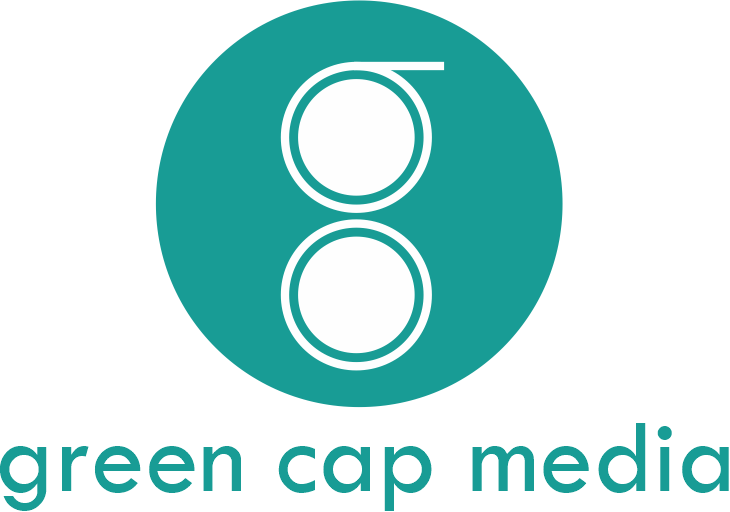The future is now closer than we ever thought. We are currently in the middle of what might not be wrong to say as “One of the biggest transition of our era” – The transition to Web 3.0.
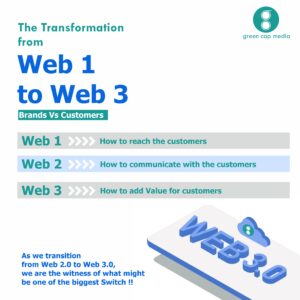
Let’s have a look at what has changed between a Brand vs. Customer since then till now as Web evolved and allowed the brands and its consumers to evolve as well.
WEB 1.0
A one way communication (only the brands produced content, consumers just got a hold of it that too very rare)
The name Web 1.0 refers to the original version of the Internet as it emerged from its roots with the Defence Advanced Research Projects Agency (DARPA) and became, for the first time, a worldwide network symbolising the future of digital communications. Being the first mode of global communication ever, it gave a chance to everyone to connect but how ?
As long as we can remember, we used to watch the commercials on TV and at the end it would show the website address on the screen, which made it a little interesting.
Every brand / individual was creating a web page for themselves. The webpages were static in nature with limitations in terms of designs, layout and interactions.
But the main question which arised was how to communicate. How to reach the potential customers and interact with them. Everyone wanted to make the most of it, but was limited by options and it was literally a one way communication with zero interaction.
It was one of the golden era of TVC’s where a commercial with a pinch of extra creativity stood out from the rest and we still remember the jingles of our favorite brands.
To reach to it’s customer, the brands were using these three options primarily:
– TVC’s
– Newspapers Ads
– Hoardings
Here are a few Advertisements of Pepsi Cola:
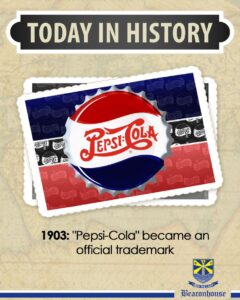
June 16, 1903
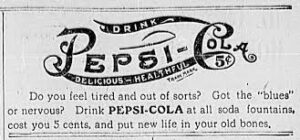
November 27, 1902
What changed with Web 2.0
Users started generating content
Web 2.0 saw the rise of interactions between a user and a brand. The introduction of social networks allows the customers to voice their needs and demands which bridged the gap between brands and customers. Brands started seeing reactions on their products directly from the customers.
Hundred’s of new possibilities started to pave their way as user’s started sharing content and started discussing brands with one another online where anothers thousand’s of users were reading about it and commenting their viewpoints.
Social Networks allowed the brands to advertise their products directly to the end user at any part of the world. THE COMMUNICATION WAS NOW BI-DIRECTIONAL.
The Major Impact Web 2.0 brought between Brands & Customers:
- Brands started tailoring their messages according to its users interests and requirements
- Brands started understanding the value of data
Early years of facebook ads can e used as a perfect example for this. Using Celebrities to endorse products, creating viral content, approaching customers via influencer activities and running ads based on data and insights; these are all the new era marketing methodologies which gave an isntant rise to ROI’s and got good brand loyalty across the globe.
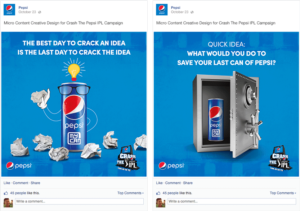
A look at a Pepsi Ad where Pepsi is directly focusing on it’s users to interact with them One-on-One
Web 2.0 allowed for a two-way communication system, but on the other side, it was based on a central system that gave the end user no control over their data. This created a system where brands brands had huge leverage in tracking user data.
What’s next now ?? How will brands adapt to the NEXT BIG WAVE
Web 3.0
Only Value Addition to Consumer’s Experience Shall Matter
The metaverse and Web 3.0 have re-energized business, technology and consumer interests. Many brands are using the internet to innovate around their brands and how they reach the next generation of consumers. Some people may find the energy around cryptocurrency overhyped and prone to volatility. Companies can take a balanced strategic perspective as they lead their teams into the new domains, contemplating both the opportunities and the risks appropriately.
Today, marketers are putting into practise a variety of incredibly inventive concepts, from gaming to virtual clothing try-ons to virtual fashion shows and events. At the moment, fragmentation and adoption size are the major problems.
Hybrid experiences have the ability to significantly improve existing physical experiences in a variety of industries, including retail, travel and hospitality, entertainment, and customer support, for example. Consumer adoption and scale will be the barrier, similar to branding, but firms with devoted and passionate customers will have the potential to develop new virtual-physical consumer trips.
There are countless opportunities for hiring, training, personal growth, developing cultures internationally, co-creation, cooperation, and more. And when used properly, the metaverse as a platform for international collaboration actually cuts down on travel and benefits the environment.
Virtualization will conitnue to find it’s way into every aspect of our everyday lives, be it for the brand or the consumer, empoyer or employee. We just need to focus on improving the overall experience and continue to add value to user experiences as we move ahead.
